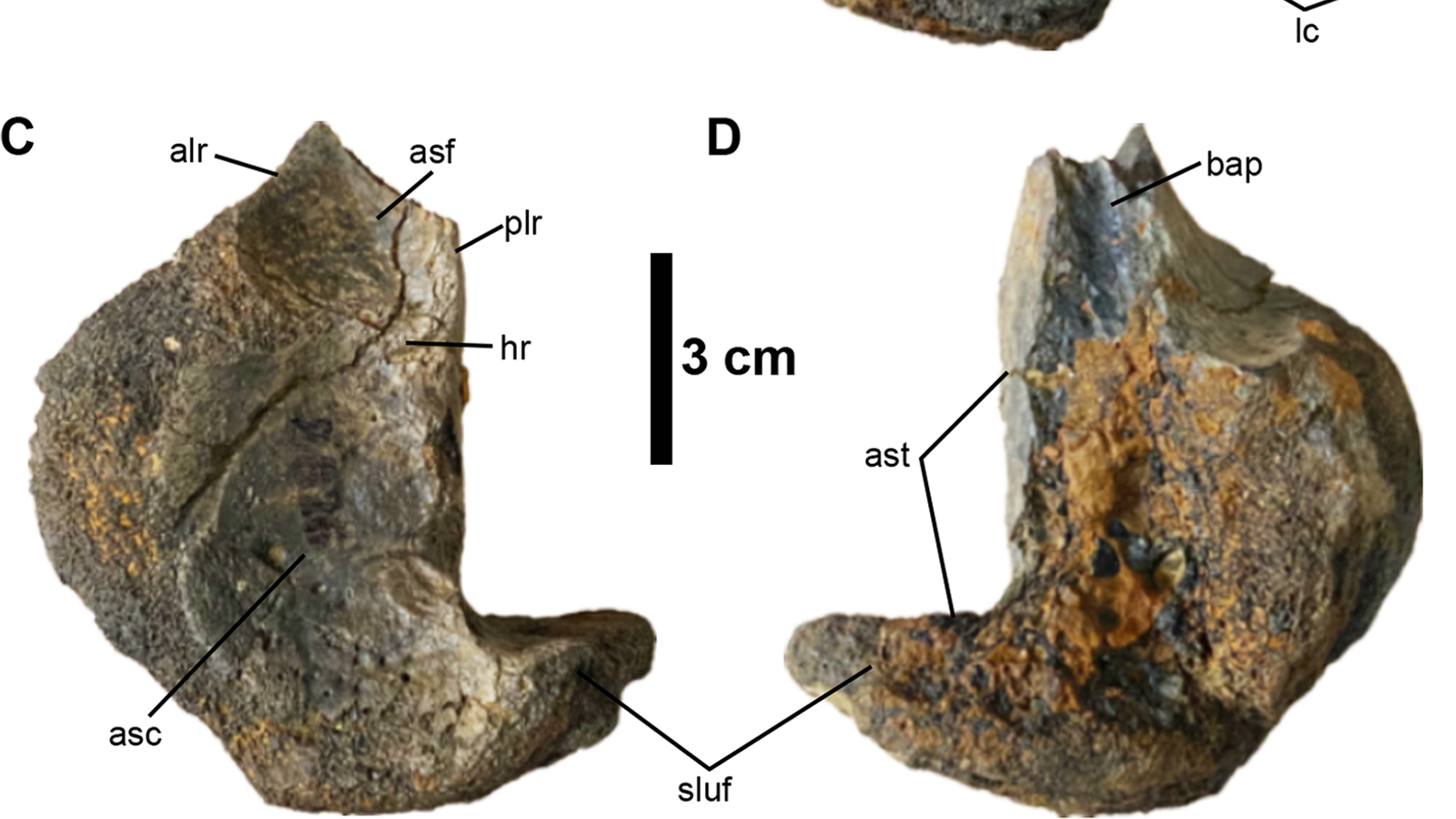Enormous ostrich-like dinosaurs in ancient North America were among the largest of its kind in the world, scientists have found.
Ornithomimosaurs in the ancient supercontinent of Laurasia grew to huge sizes, with researchers estimating that one of the individuals they examined weighed more than 800kg.
Scientists determined that the new fossils likely represented two different species of the genus – one smaller, one larger.
By comparing fossil proportions and bone growth patterns, researchers at the North Carolina Museum of Natural Sciences found that the larger dinosaur, at least 10 years old, was even likely to have still been growing when it died.
This makes it one of the largest known ornithomimosaurs to have roamed the Earth in the late Cretaceous period, 101 to 66 million years ago.
“The co-existence of medium- and large-bodied ornithomimosaur taxa during the Late Cretaceous Santonian of North America does not only provide key information on the diversity and distribution of North American ornithomimosaurs from the Appalachian landmass, but it also suggests broader evidence of multiple cohabiting species of ornithomimosaurian dinosaurs in Late Cretaceous ecosystems of Laurasia”, said the authors of the study published in PLOS ONE.
Known as the “bird-mimic” dinosaurs, ornithomimosaurs appeared ostrich-shaped with small heads, long arms, and strong legs.
UK launches new research hub to tackle monkeypox
What are noise-detecting cameras and how will they crack down on Britain’s loudest drivers?
NASA’s James Webb Space Telescope captures stunning new image of Pillars of Creation
The new fossils, including foot bones, are around 85 million years old, providing a rare glimpse into a poorly understood time in North American dinosaur evolution.
Ornithomimosaurs evolved gigantic body sizes during their evolutionary history.
Those that evolved in the early Cretaceous period – 145 to 101 million years ago – were universally small-bodied, with a body mass as low as 12kg, according to the study.
Read more:
Skeleton of 82ft-long dinosaur found in man’s backyard
Largest-ever land-based predator dinosaur found on the Isle of Wight
Dinosaurs were wiped out by an asteroid that hit Earth in the spring
By the end of the period, there were multiple large-bodied species – above 350kg – known to have inhabited Laurasia, which is believed to have broken up into North America, Greenland, Europe and most of Asia.
Deinocheirus mirificus is the largest known dinosaur belonging to the ornithomimosaurs genus, with an estimated weight of more than 6,000kg.







